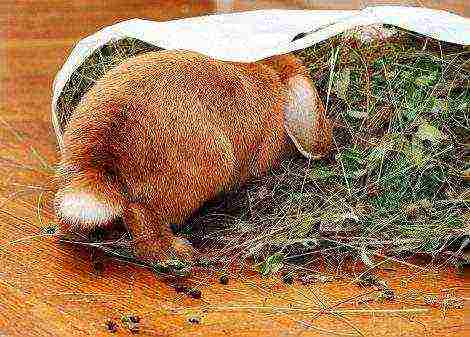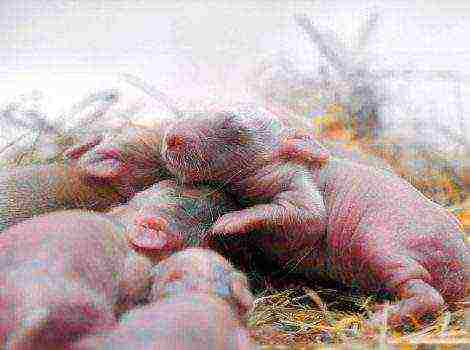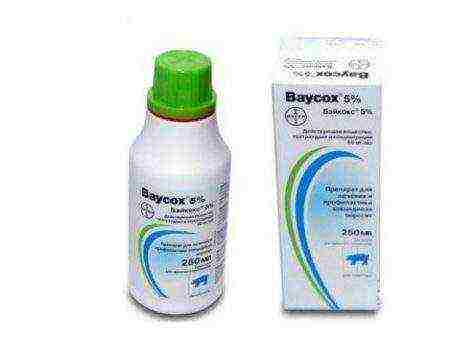How to feed chinchillas at home tasty, healthy and varied?
Choosing the right diet for chinchillas - a responsible task. The health of the animal, the shine of the fur and the life expectancy completely depend on the food.
There is a wide variety of food for a rodent, but there are characteristic features in how to feed a pet, especially at home.
What does a chinchilla like to eat?
Chinchilla is a herbivore. The diet of animals is considered to be of plant origin.
In the wild, the main food for them is cereals and legumes, cacti, shrubs, tree bark, small fruits, shoots, mosses and other vegetation.
In a home environment a person is responsible for the animal's diet. Food should be varied and balanced to provide all the body's needs with the necessary components, vitamins, and nutrients.
The quality of food is important for chinchillas. They eat in small quantities, so the owners of the animals should carefully consider the choice of food.
You may be interested in the following articles on the topic of chinchillas: How to keep a chinchilla at home?
Moreover, luxurious fur and irrepressible energy require a large expenditure of nutrients. Chinchillas are picky about food. They will choose the tidbits from the food offered.
But for full development the animal needs to receive various trace elements and vitamins, therefore, you need to try to ensure that the animal fully consumes its portion.
In the event that the pet begins to scatter food from the trough, it is necessary to reduce the food dispensed. You can give your pet food in small portions, reduce treats in the diet.
When choosing food for a rodent, it should be borne in mind that they, like all herbivores, have sensitive digestion.
First, they have long intestines. Secondly, animal herbivores process hard-to-digest plant fiber. From it, they get the necessary nutrients.
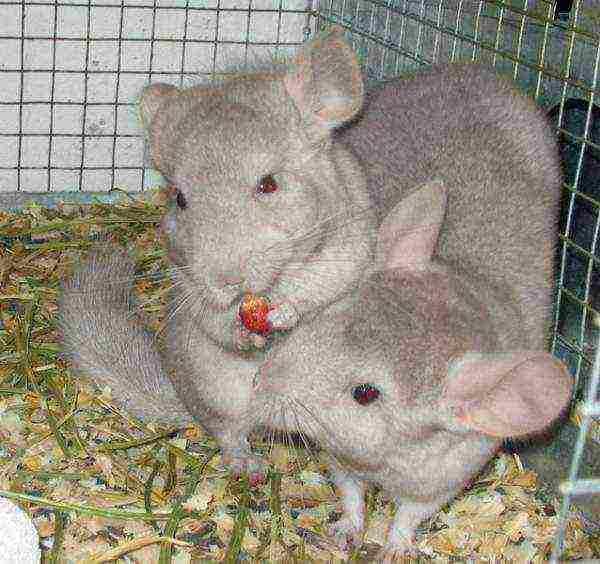
Chinchilla is better not to feed a little than to overfeed goodies. The food offered must be:
- high quality;
- fresh;
- without traces and smell of rot, mold, mustiness.
Green fodder should be collected away from busy places, roadsides, factories. Greens, vegetables and fruits should be washed and dried well before feeding the rodent. The food offered must be absolutely dry.
Young animals and those individuals that did not receive green food in the winter season should gradually get used to them. Initially, you need to offer your pet such food in small portions, gradually increasing the dose.
In this case, it is necessary to carefully monitor the well-being of the chinchilla.
So the animals get used to the set feeding time, which has a positive effect on the digestibility of food. If all the food is eaten in the morning, then additional feeding is possible.
Before pouring a new portion of food into your pet, be sure to throw away uneaten leftovers and rinse the bowls with running water without adding any detergents or cleaning agents.
The daily portion of the pet's main food - 1 teaspoon, hay - 20-30 g, delicacy of your choice - 1 piece.There should always be boiled or filtered clean water in the animal's drinker.
What can you feed a rodent at home
The animal living in your home eats coarse dry and succulent food, nutritious mixtures, needs vitamin supplements and delicacies.
Food is rough and juicy
Juicy feeds include fruits, vegetables, herbs and twigs of shrubs, trees. They are saturated with useful microelements, vitamins, organic substances.
Branches, driftwood, twigs of various shrubs and tree species are available throughout the year. Eating hard pieces of wood, the animals will grind down the constantly growing incisors.
From vegetables, chinchillas can be offered tomatoes, celery, cucumbers, carrots, pumpkin, lettuce, zucchini.
From fruits they prefer pears, apples, melon, berries, bananas, grapes, from dried fruits - apples, plums, raisins, hawthorn, dried apricots, cherries, barberries and rose hips. It is advisable to cut large fruits into small pieces.
From the green it is worth giving clover, tops of carrots, peas, dandelions.
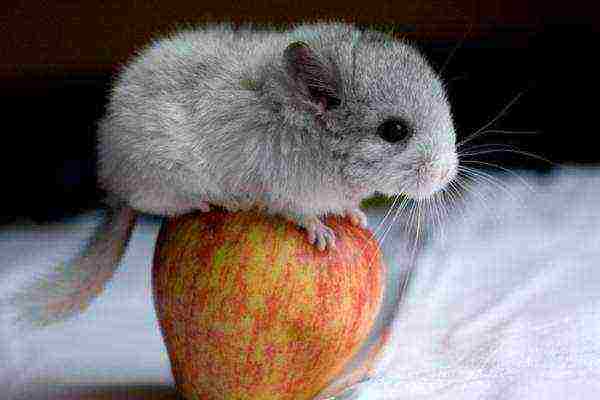
Treats should be offered systematically. For example, 1-2 times a week, one berry, 2-3 times a week, other snacks - fruits, dried fruits.
Vegetables should be fed in moderation - a small piece 1-2 times a week along with the main food. Due to sensitive digestion, chinchillas should not eat large quantities of vegetables and fruits.
After the introduction of a new type of food, you should carefully monitor the reaction of the animal's body. Digestive upset is possible, then the juicy feed should be discarded. If your pet is doing well, then the food is right for him.
Food is dry and rough
This food includes hay... It is the most important component of the animal's diet and saturates the body with the necessary fiber.
The dried grass helps to move food in the intestines, preventing it from stagnating, causing fermentation. Also, hay is a rich source of trace elements, vitamins, fiber, protein.
The hay should be of good quality, fresh, not wet or musty. Properly prepared food smells good, without foreign debris, sticks and other inclusions. You can purchase it at pet stores or assemble it yourself.
Better when the chinchilla is offered food hay from herbs - different types of herbs. Preparations from leguminous plants (alfalfa, clover) contain essential vitamins and minerals. They are mowed during the flowering period of legumes.
In terms of nutritional content, cereal fodder is slightly inferior to the first, because it contains less minerals and protein.
To cerealsthat love chinchillas include meadow fescue, Sudan, timothy, wheatgrass, meadow bluegrass, hedgehog national team. Grasses cut before the first flowering have a lot of nutritional value.
It is necessary to give the chinchilla from 20-30 to 70-80 g of fresh hay per day.

These herbs are poisonous and in no case should they get into herbal food for animals:
- fern;
- horsetail;
- sitnik;
- black nightshade;
- dope;
- hellebore white;
- knapweed;
- raven eye.
Should you give nutritional formula?
For the proper development of a rodent, it needs the elements contained in nutrient mixtures. Chinchillas should be given various mixtures in order to saturate their body with as many vitamins, trace elements, proteins, fats, and amino acids as possible.
These types of food can be purchased at the pet store or made yourself. Most often they are sold in granular form. They contain all the beneficial ingredients you need in the right proportions.
Suitable for rodents from cereals:
- oats - contains a large amount of protein, fat, but does not cause obesity. Most often, it is oats that make up up to 75% of the mixture;
- corn - you need to give in small portions, as it can cause bloating;
- barley - it is worth offering it in ground form, better for adults. This grain product is very hard;
- wheat - it contains a lot of carbohydrates, proteins, little fat.
In feeding chinchillas it is worth giving up rye - it is difficult for animals to digest.
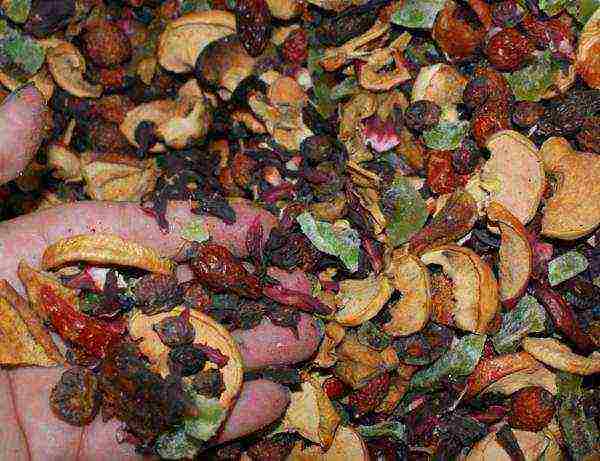
What kind of food shouldn't chinchillas eat?
Due to the sensitive digestion of chinchillas they shouldn't be given the following foods:
- food from the common table (salty, spicy, fatty, spicy, smoked);
- meat and meat products;
- bakery products and baked goods (bread, pastries);
- flour (pasta, noodles);
- potatoes, fresh white cabbage, lettuce;
- sweets (cookies, chocolate, sugar, candies, other confectionery products);
- eggs;
- fried nuts, seeds, grains;
- mushrooms;
- fermented milk products;
- fast food, chips, popcorn;
- stale and spoiled food.
The list does not contain absolutely any nutrients for the proper growth and development of the rodent. The listed foods are high-calorie and fatty, as a result of which the pet may develop obesity.
This will negatively affect the mobility of the animal., its ability to reproduce, life expectancy.
Perhaps the animal will not die from one eating, but the systematic consumption of such delicacies will lead to serious health problems of the chinchilla.
Vitamin supplements in addition to nutrition
With an unbalanced diet of chinchillas, young individuals, pregnant and lactating rodents, sick and weakened it is necessary to give vitamin complexes... They can be in liquid form, in the form of tablets and powders.
Liquid fortified food can be given along with water, so it will not be difficult to enrich the pet's diet. It is difficult to offer powders and tablets to pets.
In the animal's cage, it is desirable hang mineral and salt stone, which the animal will eat as needed.
You can buy fortified feed immediately. The composition most often includes carrots, pumpkin, nettle hay, mountain ash, rose hips. To replenish the reserves of protein and B vitamins, add some dry yeast (2–5 g) to the feed.
It is not difficult to accustom a chinchilla to proper nutrition., but absolutely necessary. Only by receiving all the useful microelements, vitamins and other useful compounds will the animal be healthy, full of energy and live a long life.
